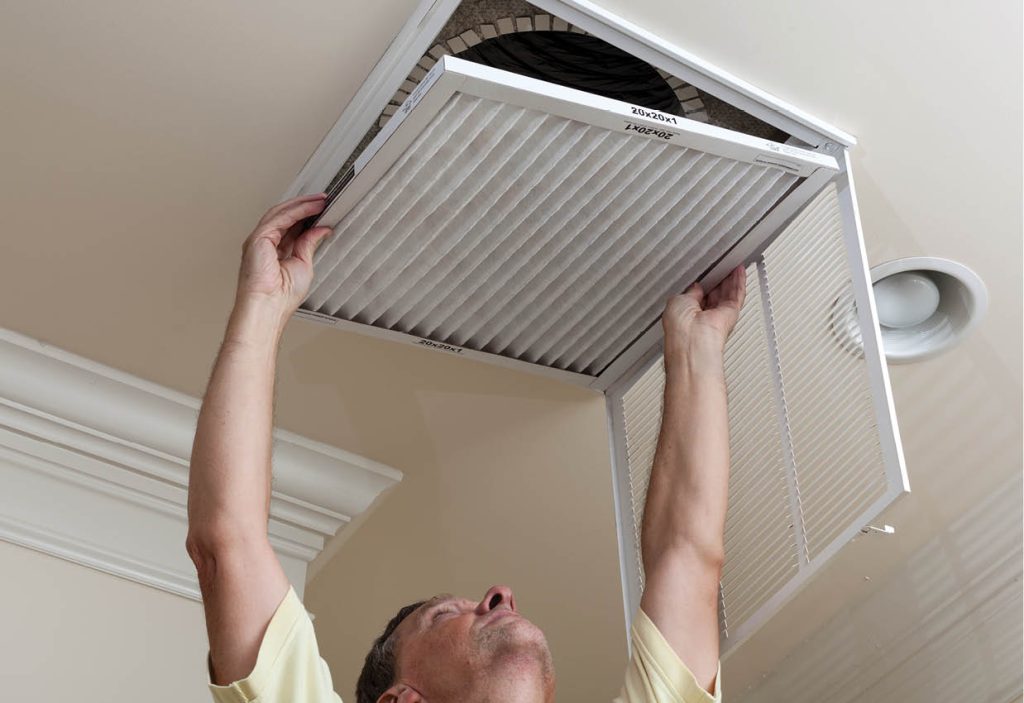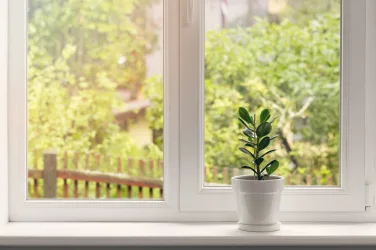 Following the American Lung Association’s failing grade for Dallas-Fort Worth in its 2016 State of the Air report, people are becoming increasingly concerned with air quality. There may not be much we can do about outdoor air quality, but we can take action to improve air quality in our homes.
Following the American Lung Association’s failing grade for Dallas-Fort Worth in its 2016 State of the Air report, people are becoming increasingly concerned with air quality. There may not be much we can do about outdoor air quality, but we can take action to improve air quality in our homes.
According to the Environmental Protection Agency’s website, EPA.gov, Americans spend as much as 90 percent of their lives indoors. It’s easy to see why indoor air quality matters.
Sources of indoor air pollution include kerosene, wood or oil-based heaters, smoking, household cleaners, pesticides, building materials, carpet and upholstery, and radon gas. Depending on what is inside our homes, we can be exposed to a long list of harmful chemicals. Toluene (paint thinners), xylene (common tar), ammonia (common in fertilizers and cleaners), benzene, trichloroethylene (found in man-made fibers and printed materials), and formaldehyde (a nasty ingredient in insecticides and particle board) are common examples.
Test Your Home’s Air Quality
There are measures we can take to make our homes healthy places to breathe easily and relax. The most effective preventative measure is to have an expert visit your home and test the air. A good first step is to track down a local, reputable professional. Area heating and air conditioning companies offer an air-testing service that identifies chemical pollutants, as well as detecting mold and radon gas. Any company offering air testing should be able to explain the process and cost in detail over the phone.
What can we do ourselves to mitigate the risks of indoor air pollution? One simple chore many of us neglect is changing our home’s air filter. According to the American Lung Association’s HealthHouse.org website, home HVAC filters should be changed at least every 90 days. Although filters become more efficient as they fill with particles, clogging restricts airflow, causing equipment to work harder and increase energy costs.
Some may consider their HVAC filter a sensible place to save a few bucks, but for anyone who suspects their indoor air may harbor toxins or allergens, opting for a high-efficiency particulate arresting (HEPA) air filter is the best first-line defense against indoor pollution. The U.S. Department of Energy standard calls for HEPA filters to remove 99.97 percent of particles 0.3 µm in size and larger.
 People with allergies dread pollen season. Smoke and automobile exhaust can also enter through poorly sealed windows, and like neglected air filters, bad seals increase energy costs. For a short-term solution, you could purchase a roll of adhesive weather stripping from the local hardware store. A better idea is to get a comprehensive evaluation of your home’s energy efficiency by contacting a local company that offers home energy efficiency inspections. These inspections help homeowners plan and execute effective fixes for air leaks or inadequate insulation, and learn about other money-saving possibilities such as installing solar panels.
People with allergies dread pollen season. Smoke and automobile exhaust can also enter through poorly sealed windows, and like neglected air filters, bad seals increase energy costs. For a short-term solution, you could purchase a roll of adhesive weather stripping from the local hardware store. A better idea is to get a comprehensive evaluation of your home’s energy efficiency by contacting a local company that offers home energy efficiency inspections. These inspections help homeowners plan and execute effective fixes for air leaks or inadequate insulation, and learn about other money-saving possibilities such as installing solar panels.
As we prepare for cooler months and beyond, an energy efficiency evaluation prior to firing up the furnace will show us where we can save energy throughout the winter. The other side of that coin is that with our homes buttoned up against the cold, we are more susceptible to poor indoor air quality. There is more we can do than change HVAC filters and keep outside pollution outside. We can address the small, invisible things that pollute our indoor air.
“Indoor air levels of many pollutants may be 2-5 times, and occasionally, more than 100 times higher than outdoor levels.”
What’s Under Your Kitchen Sink?
Some common household products contain volatile organic compounds (VOCs) that introduce toxic substances to the air. Ammonia, bleach, and air fresheners can produce indoor pollutants. VOCs and other chemicals in cleaning supplies can contribute to chronic respiratory conditions, allergic reactions, and headaches.
Read the labels on cleaning supplies and household products before buying them. Choose products with reduced VOCs, fragrances, irritants, or flammable ingredients. Use cleaning products in a well-ventilated area. Stop if you feel light-headed, short of breath, or develop a headache or nausea, and seek fresh air. Window treatments and carpet trap allergens, so it’s important to keep them clean or consider getting rid of them.
If things go horribly wrong, the Texas Poison Center Network can be reached at (800) 222-1222. If someone has been poisoned, an Internet search is no substitute for a professional on the phone. Poison centers keep millions of people out of the hospital each year. For information regarding pets, educate yourself in advance by checking with organizations such as the ASPCA or your local veterinarian. Emergency information is available if you suspect your pet may have ingested a poison, though you may be subject to a small fee depending on the organization you contact.
Everyone wants their home to be a sanctuary. Make sure yours is healthy for you and those you love. The DFW area is a great place to live, in part because of the ease of finding the right professional for any job at a reasonable cost. If you suspect your indoor air quality needs improvement, help is as simple as a phone call.









